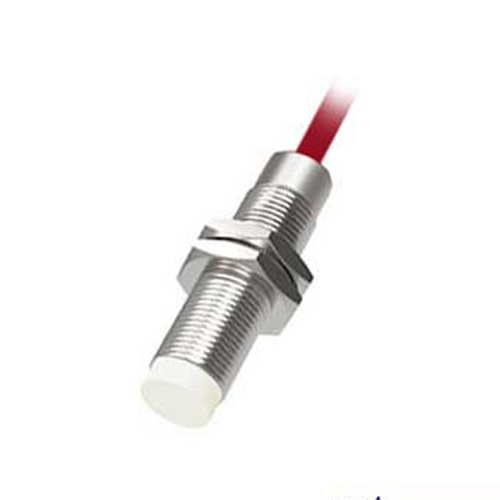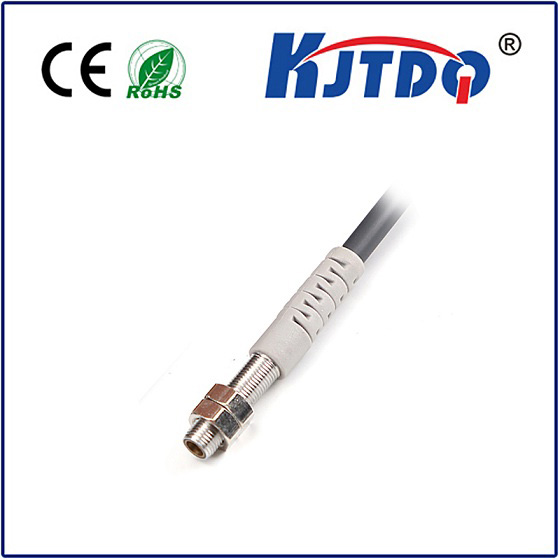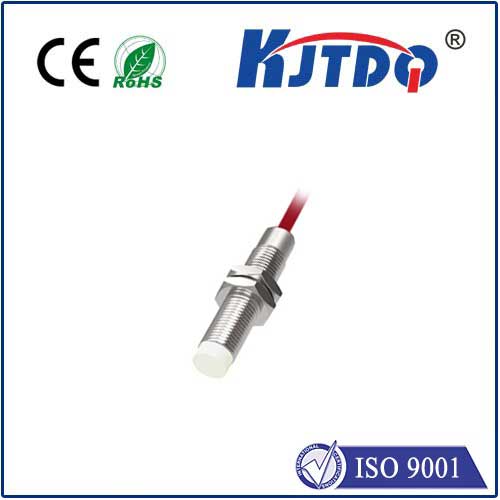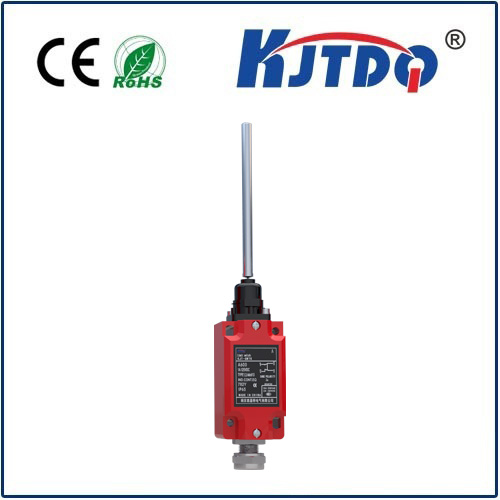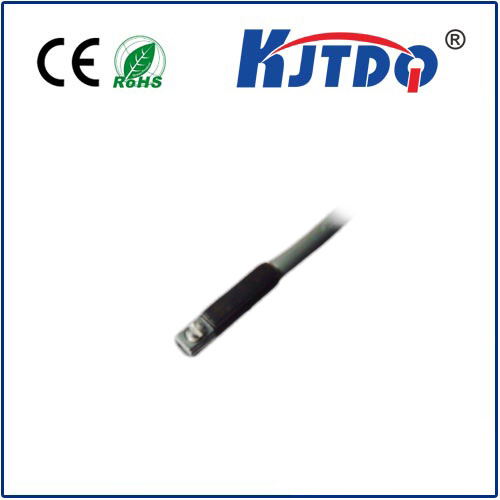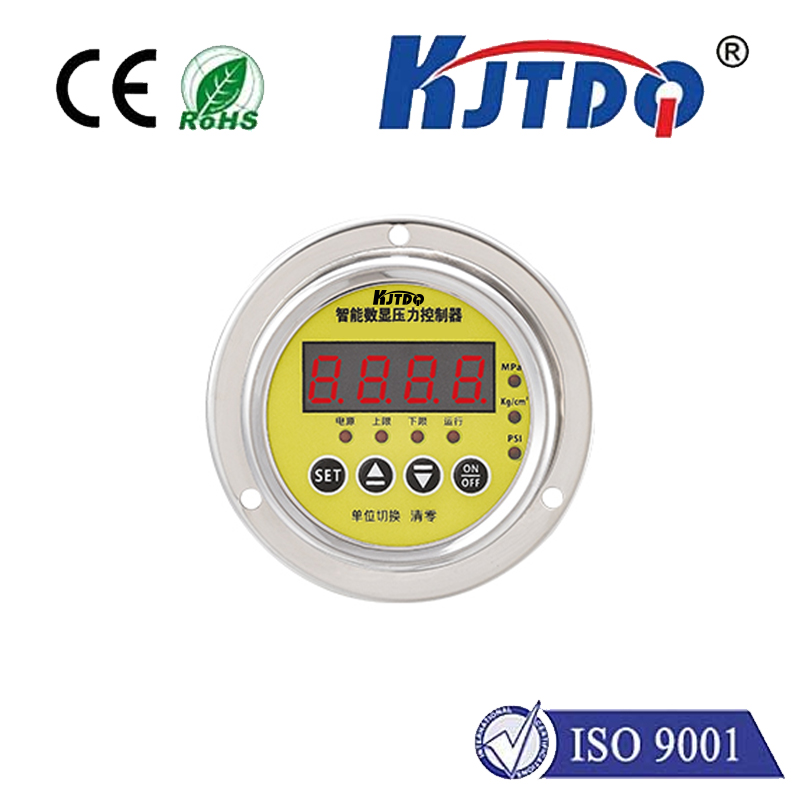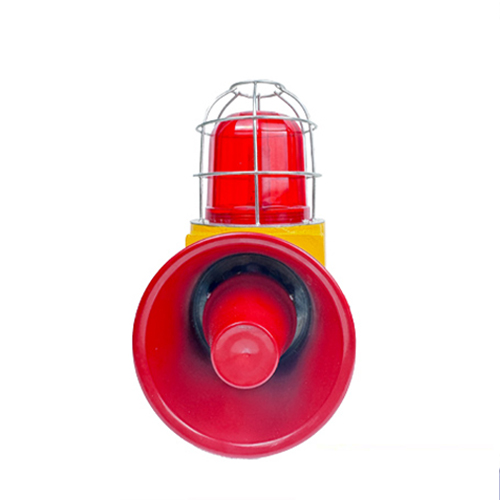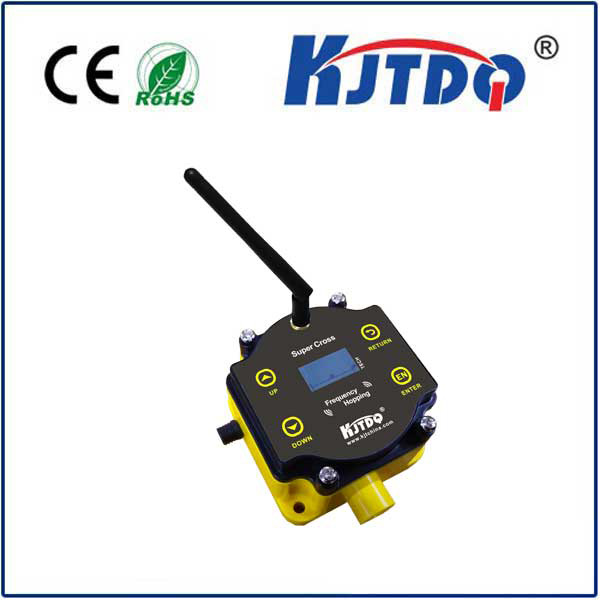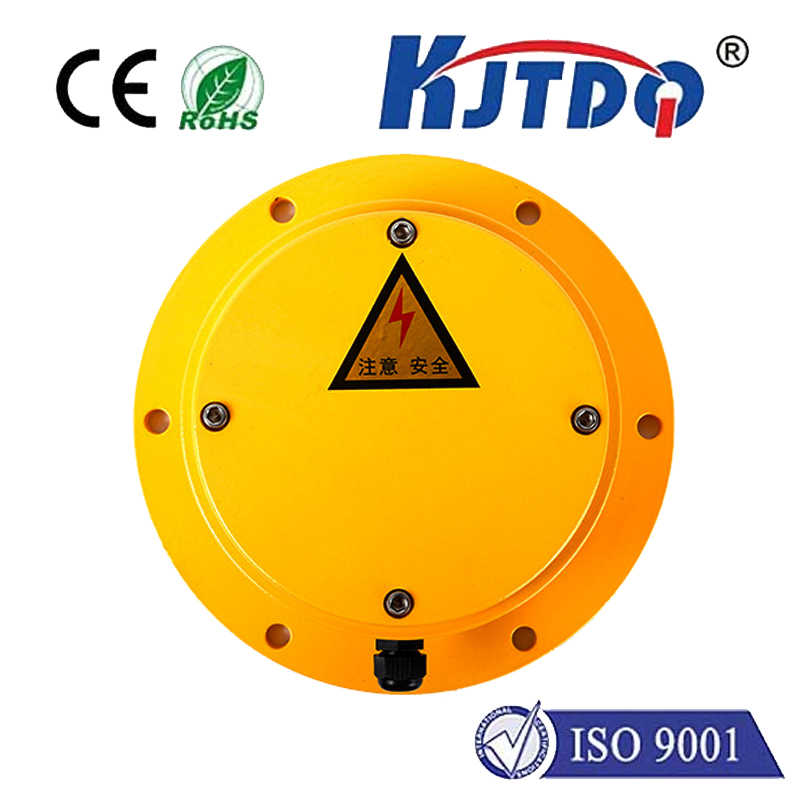

check

check

check

check

check

check

check

check

check

check
Imagine the immense forces acting on a bridge during peak traffic, the subtle strains within a wind turbine blade battling hurricane-force gusts, or the critical temperature fluctuations deep within an aircraft’s fuel tank. Accurately monitoring these invisible changes is paramount for safety, efficiency, and innovation. Enter Fiber Bragg Grating sensors (FBG sensors), a transformative technology quietly reshaping how we measure the physical world with unprecedented precision and reliability.
What Exactly is a Fiber Bragg Grating Sensor?
At its core, an FBG sensor is a remarkably clever modification inscribed directly into the core of a standard optical fiber. This modification is a periodic variation in the fiber’s refractive index – essentially, a microscopic “grating” structure. Created by exposing the fiber core to intense ultraviolet (UV) light through a special interference pattern, this grating acts as a wavelength-selective mirror. Here’s the ingenious part: it reflects one very specific wavelength of light (the Bragg wavelength, λ_B) while allowing all other wavelengths to pass through.
The Core Principle: It’s All About the Wavelength Shift

The magic of FBG sensing lies in the direct relationship between the Bragg wavelength (λ_B) and the physical conditions the grating experiences. Crucially, λ_B is determined by the period of the grating (Λ) and the effective refractive index (n_eff) of the fiber core. When the FBG is subjected to external stimuli like strain (stretching or compression) or temperature changes, two things happen:
Any change in either Λ or n_eff causes a proportional shift in the reflected Bragg wavelength. Measuring this precise wavelength shift (Δλ_B) is the fundamental measurement provided by an FBG interrogator (the reading unit). By carefully calibrating the FBG, this shift can be directly correlated to the magnitude of the applied strain or temperature change. This forms the bedrock of FBG measurement.
Why Choose FBG Sensors? Unveiling the Compelling Advantages
The unique operating principle of FBGs translates into a powerful set of advantages that make them superior to many traditional electronic sensors for demanding applications:
Where FBG Sensors Shine: Diverse Applications
The unique blend of advantages has propelled fiber Bragg grating sensors into a vast array of critical sectors:
The Innovation Continues
Fiber Bragg Grating sensing technology is not static. Continuous research focuses on enhancing sensitivity, developing new inscription techniques for specialized gratings (like tilted FBGs for additional measurement parameters), improving multiplexing capacity, lowering the cost of interrogators, and exploring novel applications in areas like soft robotics and wearable sensing. The ability to provide distributed, high-fidelity data from challenging environments, reliably and safely, ensures that FBG sensors will remain at the forefront of sensing innovation for decades to come. They are truly a fundamental technology enabling the smarter, safer, and more efficient infrastructure and systems of tomorrow.
